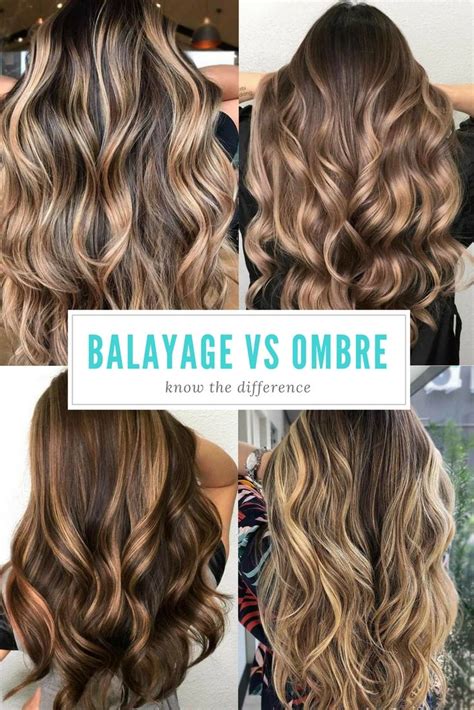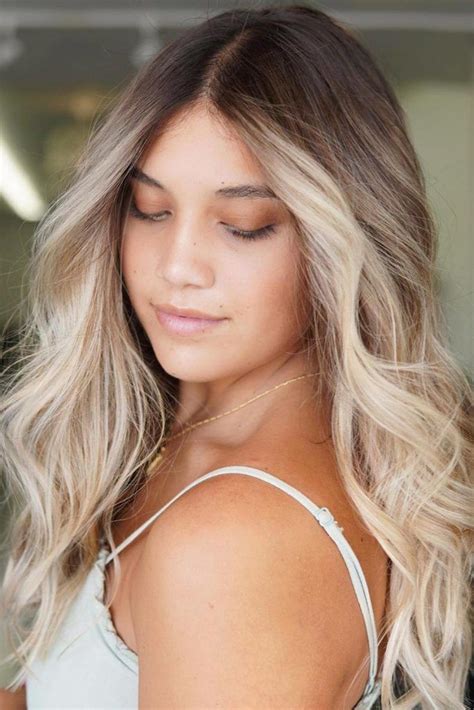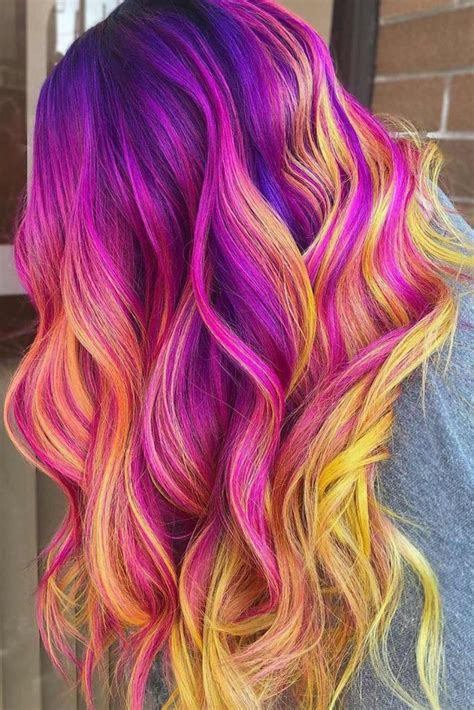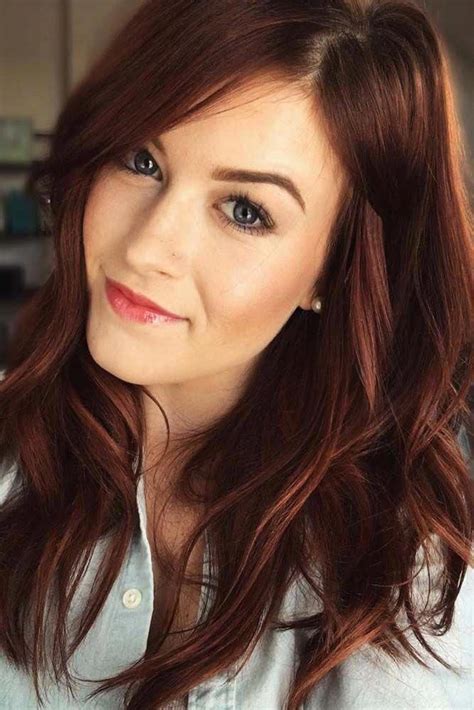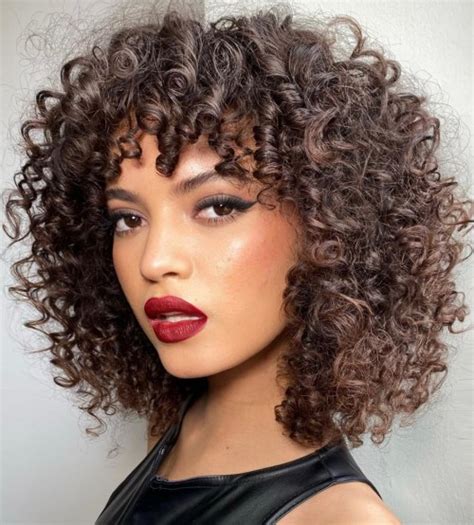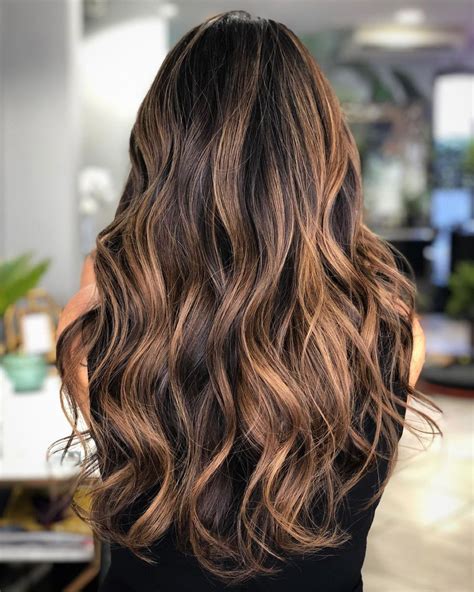Discover the latest balayage and ombre techniques, tips for color application, blending and transition, maintenance and regrowth, and how to choose the right hair style.
Balayage and Ombre Techniques
Contents
When it comes to balayage and ombre hair coloring techniques, there are some key differences that set them apart. Balayage involves hand-painting highlights onto the hair, creating a natural, sunkissed look. On the other hand, ombre is a gradient style where the color blends from dark to light, typically from the roots to the ends of the hair.
With balayage, the highlights are strategically placed to add dimension and movement throughout the hair, while ombre creates a more noticeable contrast between the darker and lighter shades. Both techniques require a skilled hand and an eye for blending and transition, but the approach to application differs between the two.
When applying balayage, the colorist will carefully paint on the highlights, often using a freehand technique to create a seamless blend. Ombre, on the other hand, involves a more structured approach, with the colorist needing to carefully blend the transition from dark to light for a smooth gradient effect.
Additionally, the maintenance and regrowth for balayage and ombre can vary. With balayage, the regrowth tends to be more subtle and less noticeable, making it a low-maintenance option for those looking to extend the time between salon visits. Ombre, on the other hand, may require more frequent touch-ups to maintain the distinct dark-to-light transition.
Application of Color
Application of Color
Application of Color is an important aspect of both balayage and ombre hair coloring techniques. When it comes to balayage, the color is painted onto the hair in a sweeping motion, creating a more natural and sun-kissed effect. This method allows for more control over the placement of color, resulting in a customized look for each individual. On the other hand, ombre involves a gradual blending of one color to another, typically starting with a darker shade at the roots and transitioning to a lighter shade towards the ends. This technique often requires more precise blending to achieve a seamless gradient.
In both techniques, choosing the right color is crucial. The colorist must consider the client’s natural hair color, skin tone, and desired end result when selecting the shades to be used. Whether it’s a soft and natural blend or a bold and striking transition, the application of color plays a significant role in achieving the desired effect.
It’s also important to consider the maintenance of color when applying balayage or ombre. The longevity of the color will depend on the client’s hair care routine, as well as the products used to preserve the color. Regular touch-ups may be necessary to keep the color looking vibrant and fresh.
When it comes to regrowth, balayage offers a more natural and low-maintenance option, as the color is seamlessly blended with the natural hair. This allows for longer intervals between salon visits, making it a popular choice for those looking for a low-maintenance hair color option. Ombre, on the other hand, may require more frequent touch-ups to maintain the gradient effect as the hair grows.
In conclusion, the application of color is a key factor in achieving the desired look with both balayage and ombre techniques. Whether it’s creating a natural and sun-kissed effect with balayage, or a dramatic gradient with ombre, the right application of color can make all the difference in achieving a beautiful and personalized hair color.
Blending and Transition
When it comes to getting the perfect hair color, the blending and transition are vital. A good balayage or ombre should have a seamless transition between the different tones, creating a natural and effortless look.
In the balayage technique, the color is hand-painted onto the hair, allowing for a softer and more natural blend. This technique is ideal for creating a sun-kissed look, with the color seamlessly blending from dark to light.
On the other hand, the ombre technique involves a more dramatic transition from dark to light, with a more defined line between the two tones. This can create a bolder and more striking look, perfect for those who want to make a statement with their hair color.
When it comes to maintaining the blend and transition of your balayage or ombre, regular touch-ups are essential. As the hair grows, the transition between the colors can become less seamless, so it’s important to visit your hairstylist for regular maintenance.
Choosing the right style for your hair color is also crucial in ensuring a flawless blend and transition. Your hairstylist can help you choose a style that will enhance the natural flow of the colors, whether it’s adding layers for a more multidimensional look or opting for a straight, sleek style to showcase the color transition.
Maintenance and Regrowth
Maintenance and Regrowth
When it comes to maintaining and dealing with regrowth in your balayage or ombre hair color, there are a few important things to consider. Since balayage and ombre techniques are designed to create a natural, low-maintenance look, it’s essential to take proper care of your color to ensure it looks its best for as long as possible.
One of the key factors in maintaining your balayage or ombre hair is using the right hair care products. Look for shampoos and conditioners specifically designed for colored hair, as they will help preserve your color and prevent it from fading. Additionally, using a color-protecting treatment or mask once a week can help keep your balayage or ombre looking vibrant and fresh.
When it comes to regrowth, balayage is typically a more forgiving option than ombre. Because balayage is hand-painted onto the hair, it creates a soft, seamless transition between shades, making regrowth less noticeable. However, regular maintenance appointments are still important to keep your color looking its best. Depending on your natural hair color and the shade of your balayage or ombre, you may need to touch up your color every 8-12 weeks to keep it looking fresh.
Another option for tackling regrowth is to ask your stylist for a root smudge. This technique involves blending the demarcation line between your natural hair color and your balayage or ombre to create a more natural, lived-in look. By adding a root smudge to your maintenance routine, you can extend the time between color touch-ups and keep your hair looking effortlessly chic.
In the end, the key to maintaining and dealing with regrowth in your balayage or ombre hair color is to work with a skilled stylist who understands the techniques and can recommend the right care routine for your specific color. With the proper at-home care and regular salon appointments, you can keep your balayage or ombre looking beautiful and fresh for months to come.
Choosing the Right Style
When it comes to choosing the right hair color style, there are a few things to consider. The first thing you should think about is your skin tone. Your skin tone plays a huge role in determining which hair color will look best on you. If you have a warm skin tone, you may want to choose a hair color with warm undertones, such as golden blonde or caramel. On the other hand, if you have a cool skin tone, you may want to opt for a hair color with cool undertones, like ash blonde or platinum.
Another factor to consider when choosing the right hair color style is your natural hair color. Your natural hair color can affect how well certain hair colors will blend and transition with your roots as your hair grows. For example, if you have dark brown hair and you want to go for a lighter shade, it may require more maintenance as your regrowth will be more noticeable. On the other hand, if you have lighter hair, it may be easier to maintain a darker shade as your regrowth won’t be as obvious.
It’s also important to consider your lifestyle when choosing the right hair color style. If you have a busy schedule and don’t have a lot of time to spend at the salon, you may want to opt for a low-maintenance hair color, such as balayage or ombre. These hair color techniques are designed to grow out more naturally and require less frequent touch-ups, making them perfect for those with a hectic lifestyle.
Lastly, it’s essential to take your personal style and preferences into account when choosing the right hair color. Your personal style should reflect in your hair color choice, whether you prefer a bold and vibrant look or a more subtle and natural appearance. It’s crucial to choose a hair color that makes you feel confident and comfortable in your own skin.

